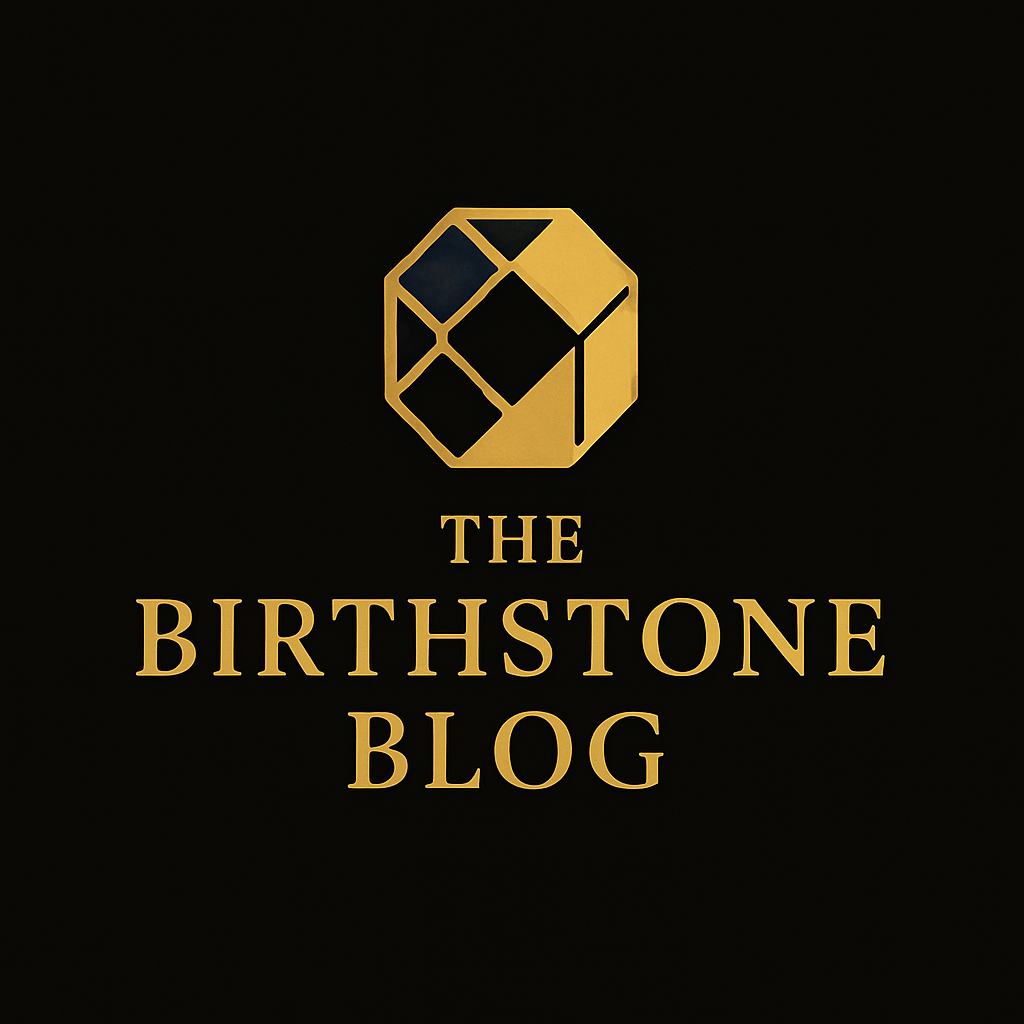Introduction to Birthstones
Birthstones are fascinating gems associated with the month or zodiac sign of an individual’s birth. Each gemstone carries its unique significance, symbolism, and lore, making them a popular choice for jewelry and gifts. However, there’s often confusion about whether birthstones are determined by one’s birth month or zodiac sign. In this blog, we’ll unravel the mystery and guide you through this captivating aspect of gemology.
Monthly Birthstones
Traditionally, birthstones have been linked to the twelve months of the year. This system aligns each month with a specific gem, believed to bring good fortune and health to those born within that timeframe. For instance, January’s birthstone is Garnet, known for its deep red hue and association with strength and protection. February’s stone is Amethyst, symbolizing clarity and peace.
The practice of assigning birthstones to months dates back to ancient times and has been influenced by various cultures and traditions. Monthly birthstones are used in many Western societies, making them a common choice for birthday gifts and commemorative jewelry.
Zodiac Birthstones
Beyond the months, birthstones can also correspond to astrological signs. Zodiac birthstones are chosen based on the zodiac sign that falls within a person’s birthdate range. For example, Aries, the first astrological sign, is associated with the Diamond, whereas Taurus has the Emerald as its birthstone.
Astrologically aligned birthstones are believed to enhance the traits and energies associated with one’s zodiac. This makes them popular among enthusiasts of astrology who seek gemstones that resonate with their astrological profiles. The practice blends ancient beliefs with modern interpretations, offering an alternative to monthly birthstones.
Similarities and Differences
While both monthly and zodiac birthstones share a common purpose of representing birth and personal identity, they differ in their traditional backgrounds and symbolism. Monthly birthstones are largely derived from Western cultural practices, while zodiac stones traditionally align with astrological beliefs.
Interestingly, there are overlapping stones within these two systems. For example, both April and the zodiac sign of Aries share the Diamond as their respective birthstones. These overlapping gems highlight the cultural and traditional connections between birth and gemstones.
Choosing Your Birthstone
Choosing whether to adhere to monthly or zodiac birthstones is a personal decision. Some may choose based on the aesthetics of the gemstone or the meanings associated with it. Others may follow family traditions or cultural backgrounds when selecting their birthstone.
When selecting a birthstone, consider how the gemstone’s properties and symbolism resonate with your personality and values. Research both monthly and zodiac options, reflecting on which stones might best align with your interests and beliefs.
Conclusion
The distinction between monthly and zodiac birthstones adds an intriguing layer to selecting and wearing gemstone jewelry. Whether you adhere to tradition or personal belief, birthstones continue to serve as powerful symbols of individuality and heritage. Understanding the differences and similarities can enrich your appreciation for these gems, whether you seek them for their beauty, tradition, or astrological significance.
By exploring your options, you can find a birthstone that not only signifies your birth but also resonates with your personal journey, taste, and aspirations.
